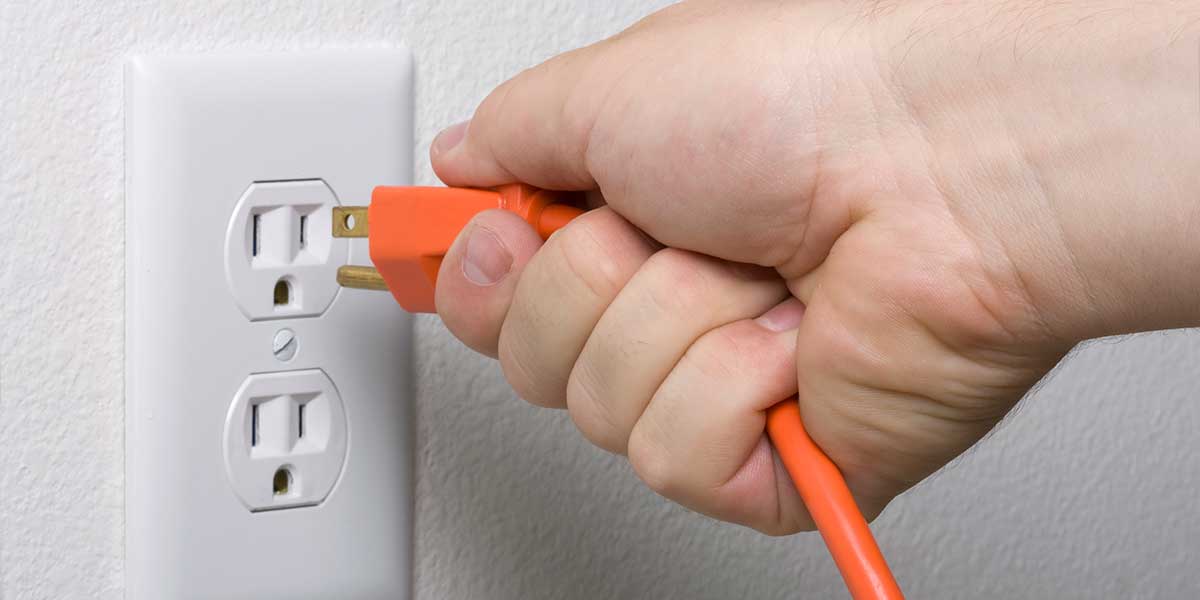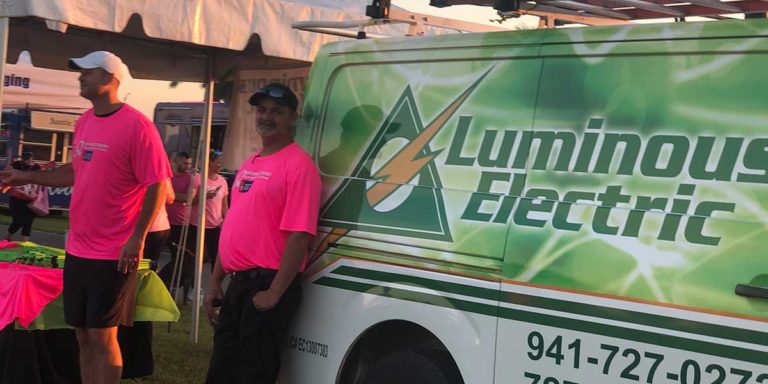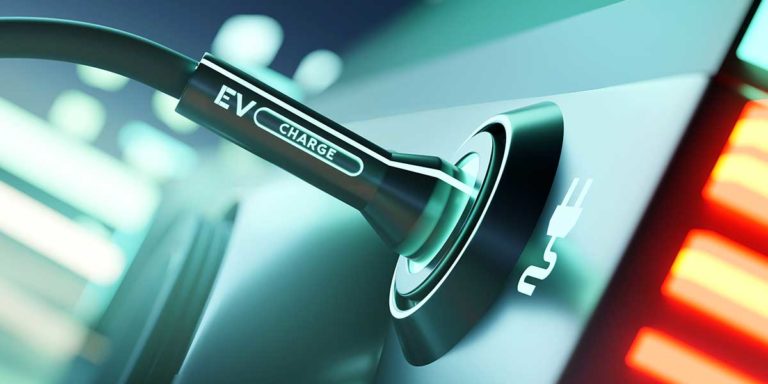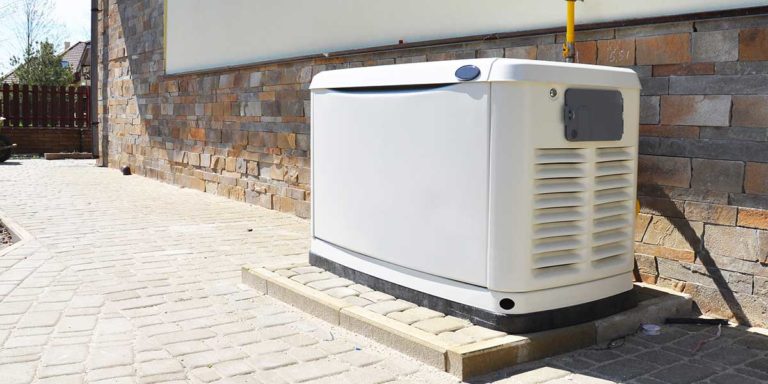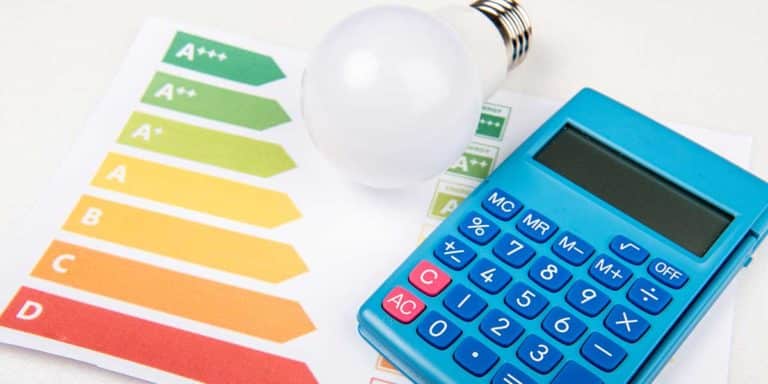How Do Surge Protectors Work?
Do you use surge protectors in your home? Surge protectors protect your appliances and electronics from extreme fluctuations in voltage. It’s estimated that the average home experiences up to six power surges per day and 2,000 a year, according to the Copper Development Association. These surges can damage the circuits in your electronic devices. Therefore, it’s always recommended to plug sensitive equipment into a surge protector. That includes your charging cords, computer equipment and entertainment equipment.
How Surge Protectors Protect Your Electronics
A surge protector protects electronic devices by diverting extra voltage so that it does not damage your electrical devices. If the voltage is too low, the surge protector increases the resistance. This helps ensure that your electronic devices do not wear out faster than anticipated due to dips and spikes in the electricity that enters your home.
Types of Surge Protectors
There are two types of surge protectors, including point-of-use and whole-house.
Point-of-Use Surge Protectors
Point-of-use surge protectors are the surge-protecting power strips that you plug into the wall. These items usually say that they are a surge protector, and they list the number of Joules they can handle. Surge protectors can help protect computers, entertainment systems and sometimes small appliances if those appliances can be plugged into a surge protector. It’s important to read the directions on your appliance and the surge protector to make sure you can plug the items in safety. It’s important to note that a power strip is not a surge protector, so it’s important to make sure that the outlet strip you purchase says surge protector and not merely power strip. Instead, power strips merely extend the capacity of your wall outlet without offering any protection against power dips and spikes.
Whole House
A whole house surge protector is a surge protector that is installed by a professional electrician either at your electric meter or at your electrical panel. This type of surge protector protects your entire home against power surges.
What Should You Plug into a Surge Protector?
You should plug expensive electronics and power cords into a surge protector. This includes your TV, any projection systems and sound systems and computer equipment, including laptop power cords.
Items to Never Plug into a Surge Protector
You should never plug large appliances into a point-of-use surge protector. This includes your refrigerator, washer, dryer, window air conditioners and space heaters. When in doubt, read the directions on your appliance and the surge protector. Appliances that cannot be plugged into a surge protector usually have a warning against it.
Whole House Surge Protectors with Luminous Electric
Our experienced electricians can install a whole house surge protector that will protect your small appliances, major appliances and computer and electronic equipment from the power surges that happen in your community every day.
Learn more about our whole house surge protectors and how these devices and offer peace of mind, especially in storm-prone areas like Clearwater, Tampa, St.Pete and beyond. To schedule an install, call us at 941-727-0272.

